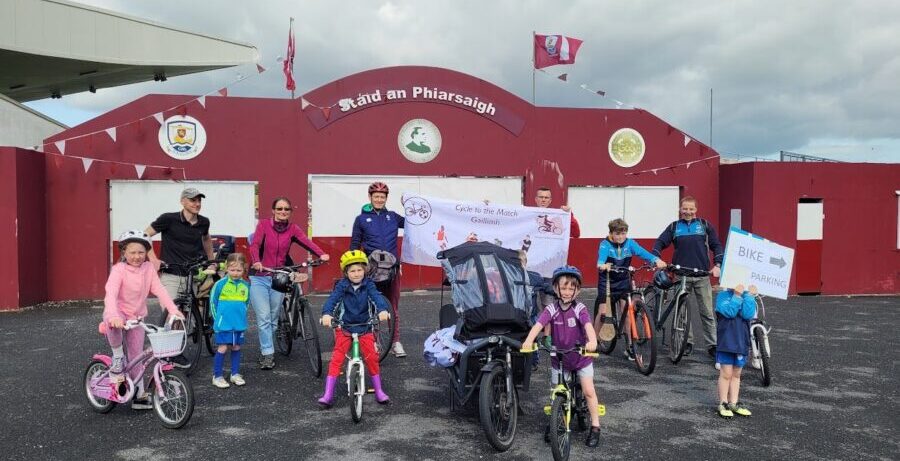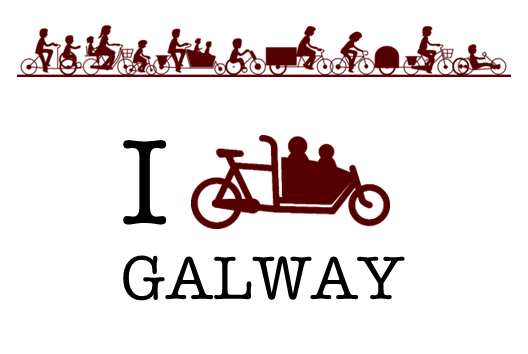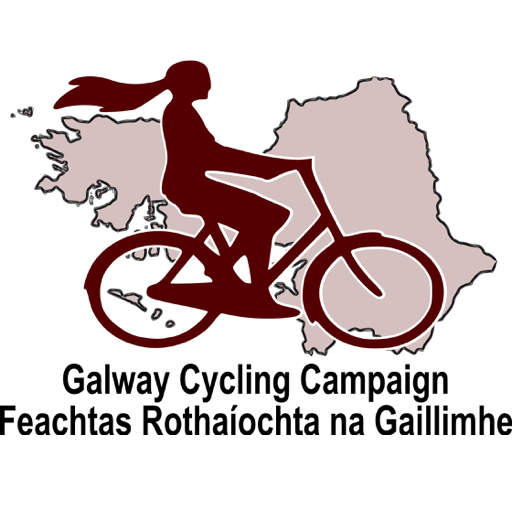Author: GCC
-

Bike to the Match
Cycle to the Match – Pearse Stadium Bike Valet
The Galway Cycling Campaign organised an innovative bike week travel initiative for the r…
-

Family bike and cargo bike festival
Have you ever wanted to try an e-cargo bike? Have you ever thought of exchanging the family car for a cargo bike? As part of BikeWeek 2023, the Galway Cycling Campaign hosted a cargo-bike try out and family cycling festival a…
-
Change Our Streets: Have your say!
As part of the Change Our Streets initiative, we are hoping to gather as many suggestions as possible from people looking to make changes to Galway City to make 2m […]
